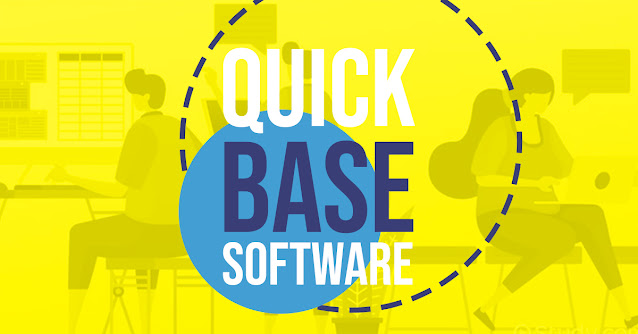The 12 Principles to Developing Agile Project Management Software
Agile methodologies were developed with the software in mind however the core values are principles are applicable to project management in general. They are designed to help a team become more flexible, adaptable, and productive. Whether it is a marketing team or a product team, they can benefit from the Agile project management software and its many features.
The best Agile project management software was developed keeping the history of the practices in mind. There are a lot of terminologies and processes that are characterized by the principles. Knowing the details of the principles can help break the manifesto down into digestible pieces.
Those who are looking for an accurate definition of the Agile framework should refer to the management definition which summarizes it as a collaborative approach. The entire practice uses iterative actions to help teams work together and incorporate continuous testing into their model. They can check the responsiveness of their teams with it as well.
12 Management Principles
The Agile manifesto states 12 key rules that every Agile project management software follows. They are summarized below:
Customer satisfaction has to be the top priority throughout the early and continuous delivery of the software.
Changing developments should be welcomed even if it is late in the cycle. Agile processes introduce change to create a competitive advantage for customers.
Working software has to be delivered frequently, either every few weeks or months. The shorter gap between delivery, the better.
The business team and developers should work together on the project.
Build a team of motivated individuals and provide them with the environment and support they need to complete their job successfully.
The most efficient and effective way for a development team to communicate internally is through a face-to-face conversation.
Working software is the best measure for progress.
Agile processes promote a sustainable development model. Sponsors, developers, and other users are able to maintain their constant pace.
Paying attention to technical expertise and good design continuously can enhance agility.
Maximizing work done while focusing on simplicity is important.
The best requirements, designs, and architecture are fulfilled by self-organized teams.
The team can reflect on how to become more effective at regular intervals and tune or adjust their behavior accordingly.
At the end of the day, whether teams are building an Agile project management tool or something else, they can create something extraordinary following these principles. The Agile framework encourages them to deliver quick iterations of the product and test it out instead of drawing extensive plans and perfecting it in theory.
A recurring theme in all 12 of these principles is regarding alignment. They recommend teams become aligned, remain in that state, and work together. This is true for everyone involved in the Agile project management software development process. The designers, developers, businessmen and stakeholders should all be on the same page. Agile methods completely rely on the collaborative process and the team should have strong interpersonal skills. The team members need to have the best attitudes toward each other.




Comments
Post a Comment